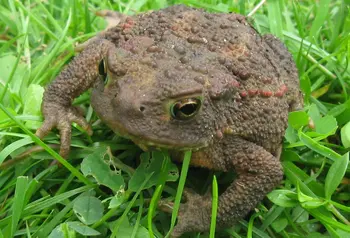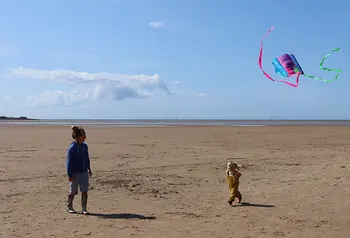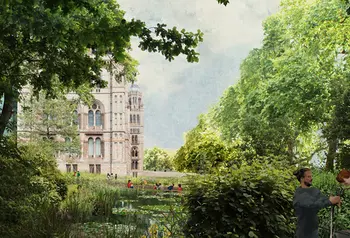Celebrating Slimbridge and 75 years protecting wetlands

Wetlands make up only 3% of the UK, but are home to around 10% of all our species. Sir Peter Scott was a pioneering conservationist who understood their vital importance when he founded Slimbridge in 1946 on the banks of the River Severn in Gloucestershire. It became the first of nine Wildfowl and Wetland Trust (WWT) Wetland Centres across the UK.
Seventy-five years on, and funded by a £4m National Lottery grant, Slimbridge 2020 tells the story of its history. The project has transformed the reserve into a 21st-century centre of conservation education.
With eight immersive wildlife experiences, rescuing key heritage at the site, the project is engaging visitors in new ways and encouraging them to become advocates of wetland conservation.
Getting closer to wetland birds
One of the project’s highlights is the 360-seater outdoor Living Wetland Theatre and Waterscapes Aviary. Visitors can experience the sights and sounds of a British wetland with free-flight bird demonstrations, underwater duck tank and virtual reality films.
Spring chicks, summer warblers, wading birds and migrating birds can be spotted on the fully-accessible Estuary Tower Hide roof terrace. On the Summer Walkway, featuring a wheelchair-accessible 600m flat path, visitors can look out for yellow wagtail, wheatear and whinchat.

Stepping back in time
Sir Peter Scott’s house on the site has opened to the public for the first time as a fully-guided museum. The 1950s-style home tells the story of Scott’s work growing the WWT and setting up the World Wildlife Fund (WWF).
The new Arctic Adventure hut focuses on the international research trips made by Scott, and is a location for family activities.
Conserving wildfowl
Slimbridge’s duck decoy has been restored. Built in 1843, it was originally used for food, then later adapted to capture, identify and release birds for conservation purposes.
Another area, named Mission Possible, explains Scott’s work to save wildfowl from extinction through captive breeding. Visitors can hand-feed the world’s rarest goose ‒ the nene or Hawaiian goose ‒ and there is a duckery showing modern-day breeding techniques.
Ground-breaking
The diverse nature of the exhibits are engaging a wider range of people, and visitor and volunteer numbers have increased. The project is helping visitors to understand the importance of protecting wetlands as homes for endangered wildlife and as part of the fight against climate change.
Speaking at a celebratory event in September, Slimbridge WWT’s General Manager, Gary Haseley-Nejrup, said:
“These ground-breaking exhibits allow you to explore the incredible life and work of our founder Sir Peter Scott and allows everyone to get closer to nature. A huge thank you to The National Lottery Heritage Fund, grants, trusts, supporters ‒ and of course our hard working staff, for transforming Slimbridge. What better way to mark our 75th year!”

Find out more
We are saving nature’s heritage through our funding which supports projects across the UK which save species, mitigate climate change and encourage sustainability.
Find out how you can apply for our funding for projects that support the UK’s habitats and species, and read about how we expect all projects we fund to embed environmental sustainability into their work.


